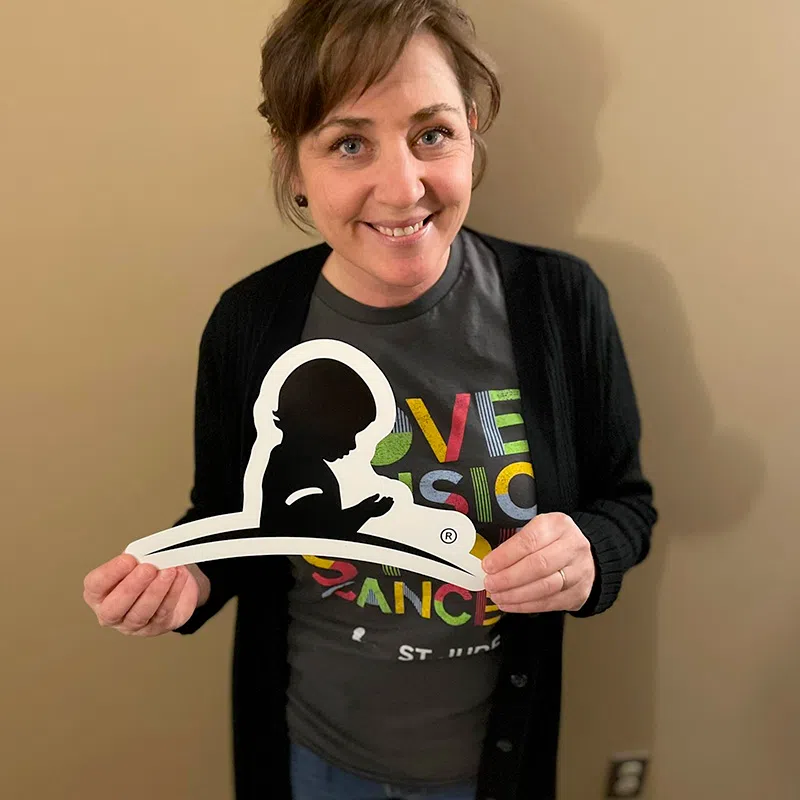Editor’s note: This story has been updated to correct the names of sites in Indiana.
(NEXSTAR) – More than 1,300 sites around the country are suspected of being so contaminated, hazardous or polluted – or are at risk of becoming so polluted – that they have been deemed a national cleanup priority.
The Environmental Protection Agency (EPA) identifies places around the country that pose a risk to people’s health because they have been contaminated by hazardous waste.
Since 1980, the agency has taken charge of cleaning up those sites under a law with the nickname “Superfund.” (Its full name is The Comprehensive Environmental Response, Compensation, and Liability Act, or CERCLA.)
Superfund sites include poorly managed landfills, mining areas, or industrial facilities.
As of July, there were 39 sites in Indiana on the National Priorities List. “It is a list of the worst hazardous waste sites identified by Superfund,” the EPA explains.
One 45-acre cleanup site is just west of South Bend’s downtown. It includes a residential area, LaSalle Park and Beck’s Lake. The problem? Before it was a lake, park and recreation area, it was a dump site. Historic photos show asbestos, paint waste and sand containing arsenic may have all been dumped here before it was turned into a park in the 1950s.
Another big issue is in Gary, where 14,000 drums of chemical waste burned in a 1976 fire. When the site was abandoned a few years later, the chemicals were left behind. They leeched into the soil and groundwater, contaminating the environment.
As part of its effort to inform the public on potential threats and hazards in their area, the EPA maps out every site on an interactive map. Zooming in on the map (below) allows you to see more information about the Superfund sites in your neighborhood, city or state.
Clicking on a site opens a pop-up window with more information, including the site’s Hazard Ranking System score. That score represents how likely a site is to release harmful substances into the surrounding environment, how toxic the waste on site is, and how many people are (or could be) impacted by the pollution, among other factors. The highest possible score is 100.
Clicking on a site’s name also gives you more information on why a site ended up on the National Priorities List.
See more Superfund sites in Indiana by zooming in on the map below:
You can also view a full list of sites and explore the map on the EPA’s website.
Once a site is put on the National Priorities List, the EPA investigates the dangers posed to human health and pursues the best way of cleaning up the problem. The EPA may force the person or company responsible for the pollution to finance the cleanup, or it may take charge of cleanup if no party can be found responsible.
Once a site is fully cleaned up and the EPA determines there’s no further risk to people’s health or the surrounding environment, it can be deleted from the list. The site can then be redeveloped into something new.





